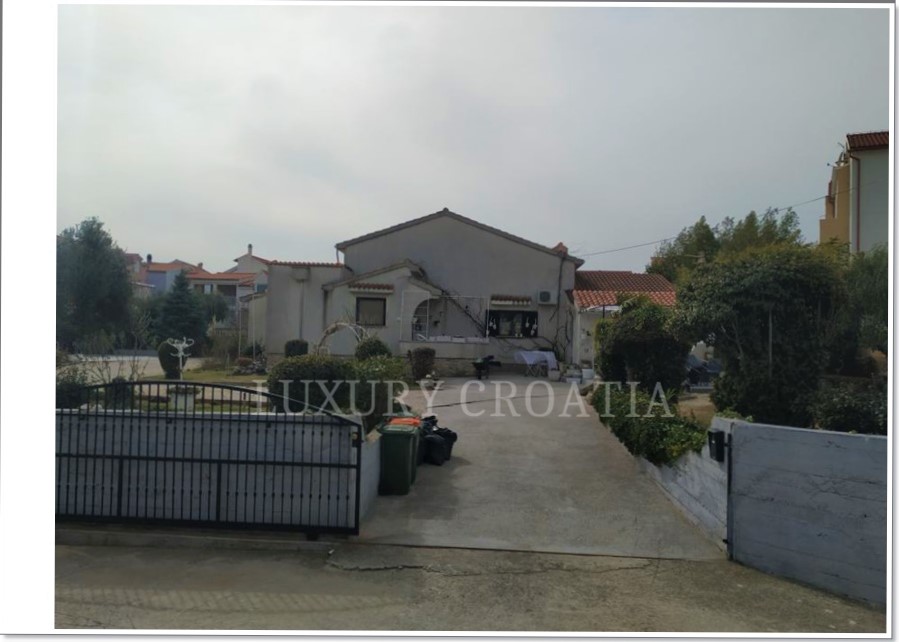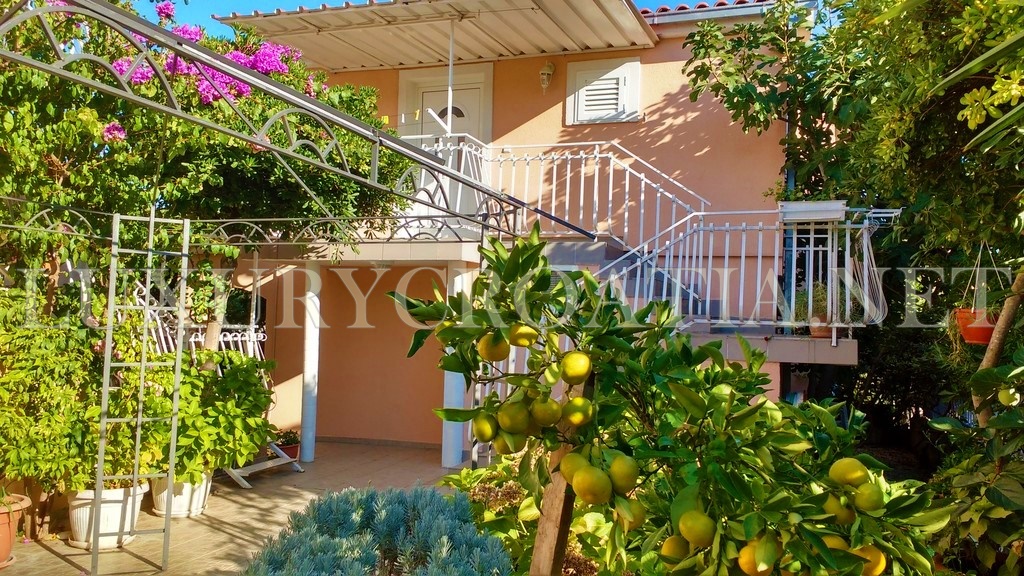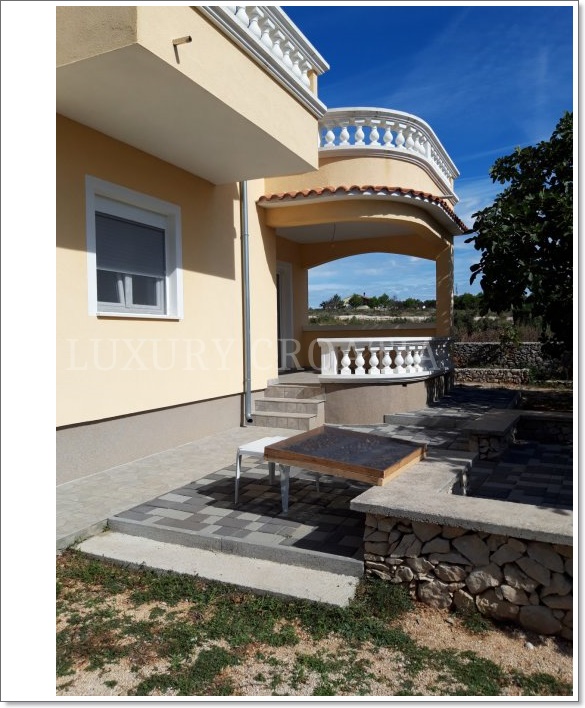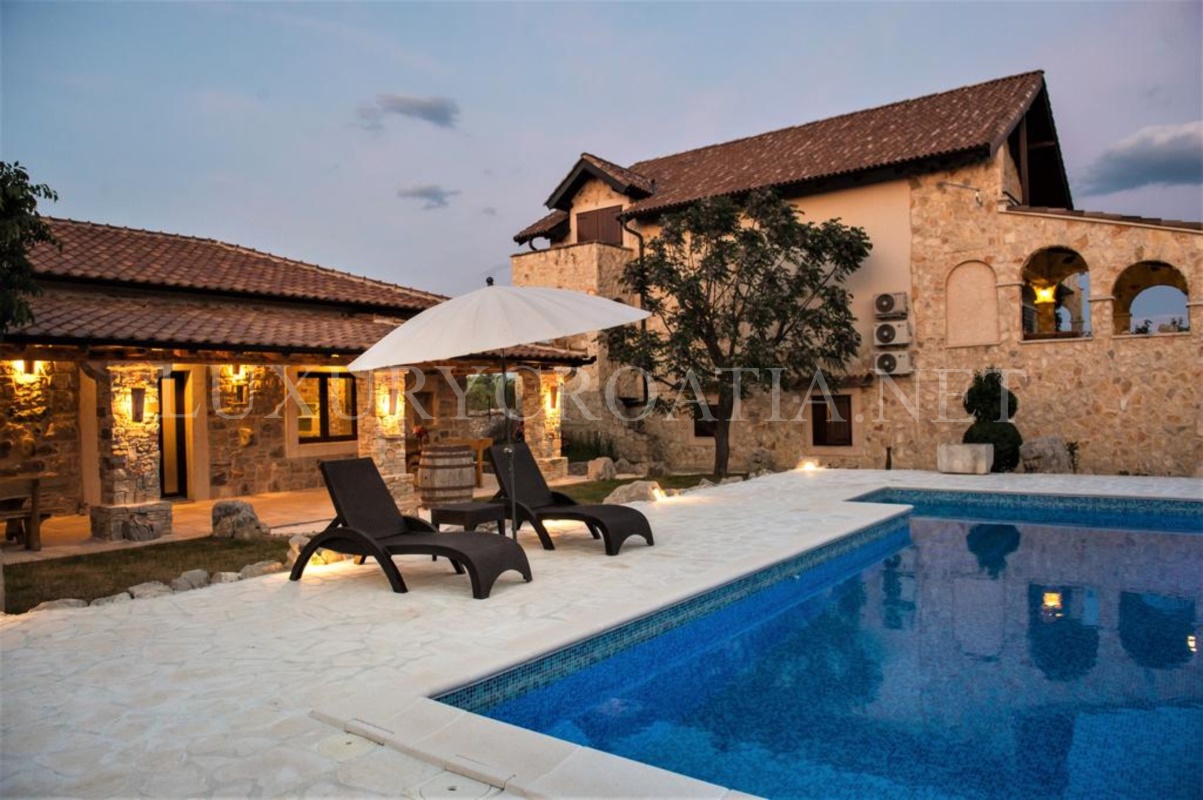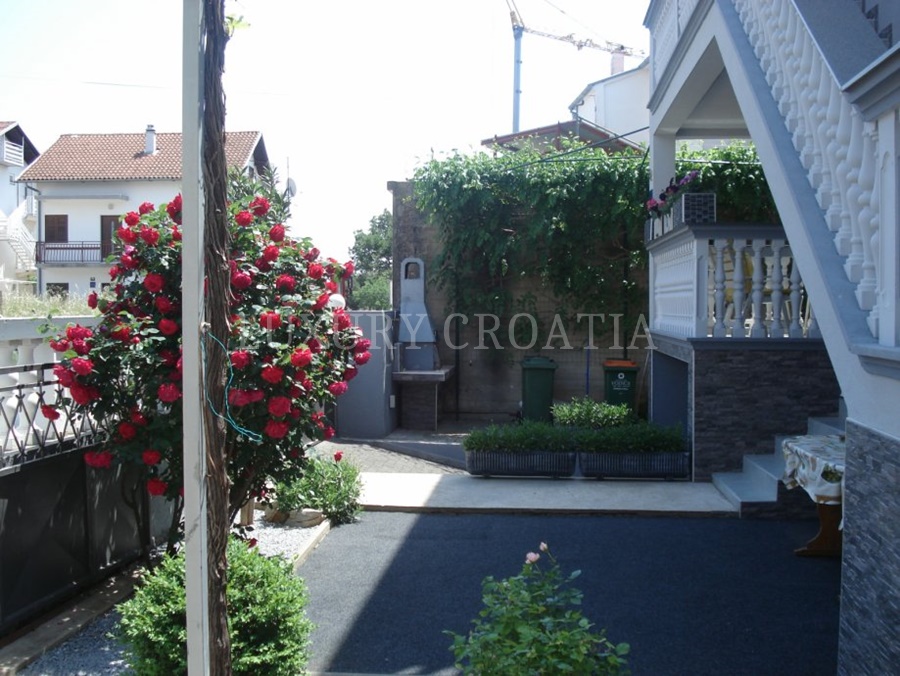SOLD:Apartment house for sale, Vodice, Sibenik
-
 click on image to enlarge Apartment house for sale, Vodice, Sibenik
click on image to enlarge Apartment house for sale, Vodice, Sibenik
-
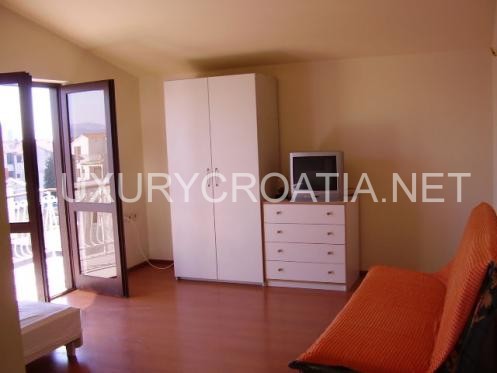 click on image to enlarge Apartment house for sale, Vodice, Sibenik (7)
click on image to enlarge Apartment house for sale, Vodice, Sibenik (7)
-
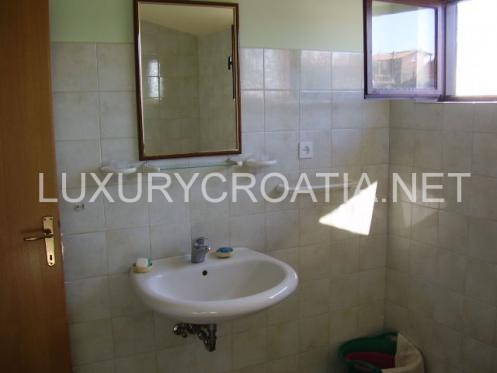 click on image to enlarge Apartment house for sale, Vodice, Sibenik (6)
click on image to enlarge Apartment house for sale, Vodice, Sibenik (6)
-
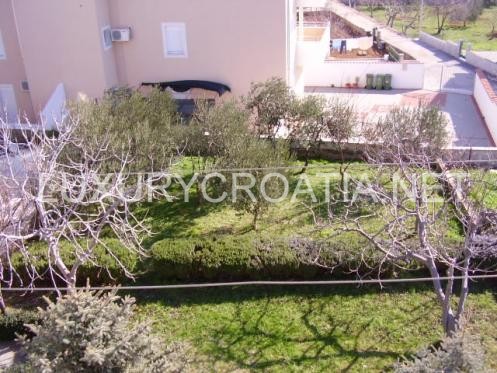 click on image to enlarge Apartment house for sale, Vodice, Sibenik (2)
click on image to enlarge Apartment house for sale, Vodice, Sibenik (2)
Property Details:
- Categories: House, SOLD
- Square meters: 345
- Features: 3% Agency Commission
About this Property:
(H-AP-VO-SI7)
Apartment house for sale, Vodice, Sibenik
SOLD!!
Vodice, house for sale on 3 floors with 5 apartments, area of 345m2, 350m2 garden, close to the city center and the sea. Energy certificated with class D.
Šibenik (Croatian pronunciation: [ˈʃi̩benik]; Italian: Sebenico) is a historic town in Croatia, with population of 51,553 (2001). It is located in central Dalmatia where the river Krka flows into the Adriatic Sea. Šibenik is a political, educational, transport, industrial and tourist center of Šibenik-Knin county.
Šibenik, a gem in the Croatian Adriatic, is situated along the mouth of Krka on the most picturesque part of the eastern Adriatic coast. As the oldest Croatian autochtonous town it was first mentioned in 1066 during the reign of the Croatian King Kresimir IV.
The rich cultural and historical heritage of the city is visible in the impressive Cathedral of sv. Jakov [St. Jacob], built by the famous architect Juraj Dalmatinac and is under UNESCO protection. Numerous churches, monasteries, palaces and four fortresses ‘frame’ the city, and also testify to the perseverance, renunciation and faith of generations of people of Šibenik. Šibenik is a city of culture, the host to the only International Children’s Festival as well as traditional events such as Dalmatian chanson Evenings.
Near the town there are two national parks – Krka and Kornati whose fascinating landscapes take visitors breath away.
The Falcon Centre, only eight kilometres away from Šibenik, in a beautiful dense pine forest is a unique place where visitors can meet and learn about the life of falcons, and Etnoland Dalmati near the Krka National Park offers visitors the chance to learn through real life experience about the Dalmatian hinterland’s past.
Unlike other cities along the Adriatic coast, which were established by Greeks, Illyrians and Romans, Šibenik was founded by Slavs.[2] Excavations of the castle of Saint Michael, have since proven that the place was inhabited long before the actual arrival of the Croats. It was mentioned for the first time under its present name in 1066 in a Charter of the Croatian King Petar Krešimir IV[2] and, for a period of time, it was a seat of this Croatian King. For that reason, Šibenik is also called “Krešimirov grad” (Krešimir’s city). It is the oldest native Croatian town on the eastern shores of the Adriatic.
Between the 11th and 12th centuries, Šibenik was tossed back and forth among Venice, Bizantium, Hungary and the Kingdom of Bosnia, until it was finally conquered by Venice in 1116.[3] The city was given the status of town, and its own diocese, only in 1298.

